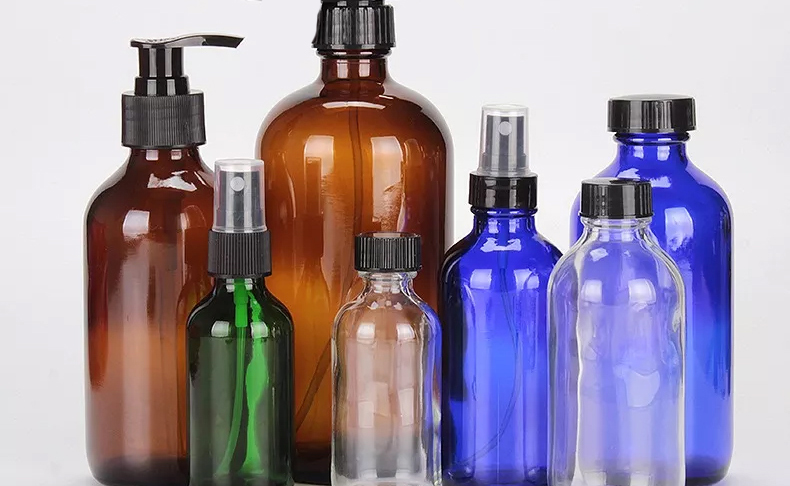PET Bottles Or Glass Bottles
May 13, 2022
No matter how hard you try, you simply cannot underplay the role of plastic in our lives. From food containers to the interiors of our cars to products like laptops and smartphones - plastic can be found everywhere in our lives. But, while plastic has its pros, our distasteful dependency & inexcusable habit of using plastic has made it an environmental threat! As per UN Environment , one million plastic bottles are purchased every minute, while up to 5 trillion single-use plastic bags are used worldwide every year. In total, half of all plastic produced is designed to be used only once — and then thrown away. While the trend is troublesome, the only way to deal with this is to make changes in our lifestyle and increase efforts to recycle plastic.
Yes, plastic can be recycled. And here are some of the forms that can be easily recycled.
PET is a strong, stiff synthetic fibre that hails from the family of polymers made with ethylene glycol and terephthalic acid. Almost every plastic water bottle on the planet Earth is made of PET. But what are the properties that make it such a great packaging material, especially for food? In addition to being lightweight, PET containers biologically don’t react with food. Apart from this, PET is a strong, non-reactive, economical, and shatterproof product, probably here to save the day. PET's safety for food, beverage, personal care, pharmaceutical and medical applications are recognized by health authorities around the world.
One of the biggest reasons why PET is preferred by many manufacturers is that it is 100% recyclable and highly sustainable. It can be recovered and recycled again and again –– back into containers for personal care products – or into carpet and clothing fibres, automotive parts, construction materials, industrial strapping or other packaging materials.
Is glass a better alternative for food and beverage packaging than PET? The short answer is no! But when you put plastic against the glass, the favour tips more towards plastic. It has become more widely used for food and beverage products over the past few decades, it has provided some benefits that glass does not. While glass bottles may be viewed as more sustainable than plastic, mainly because it can be reused, in the long run, it may not be as sustainable as PET. Yes, glass bottles can be easily cleaned and sterilised in boiling water, but the same goes for PET bottles - you can re-use them n-number of times just by washing them with warm water.
What makes glass containers unsafe to store food, in the long run, is the growth of biofilms. Biofilms are a relatively indefinable microbial community. This means they are basically a collective of one or more types of microorganisms that can grow on many different surfaces. Microorganisms that form biofilms include bacteria, fungi and protists. Biofilms producing bacteria is a serious threat for public health globally but due to poor sanitary conditions and low economic resources chances of infections is high in developing countries. Effective control measures should be developed for the treatment and prevention of biofilm to get rid of serious problems. Another area where glass bottles fall short is the durability factor - PET bottles are way more durable whereas glass bottles can easily break. Glass is 20 times heavier and 5 times costlier than a pet bottle.
